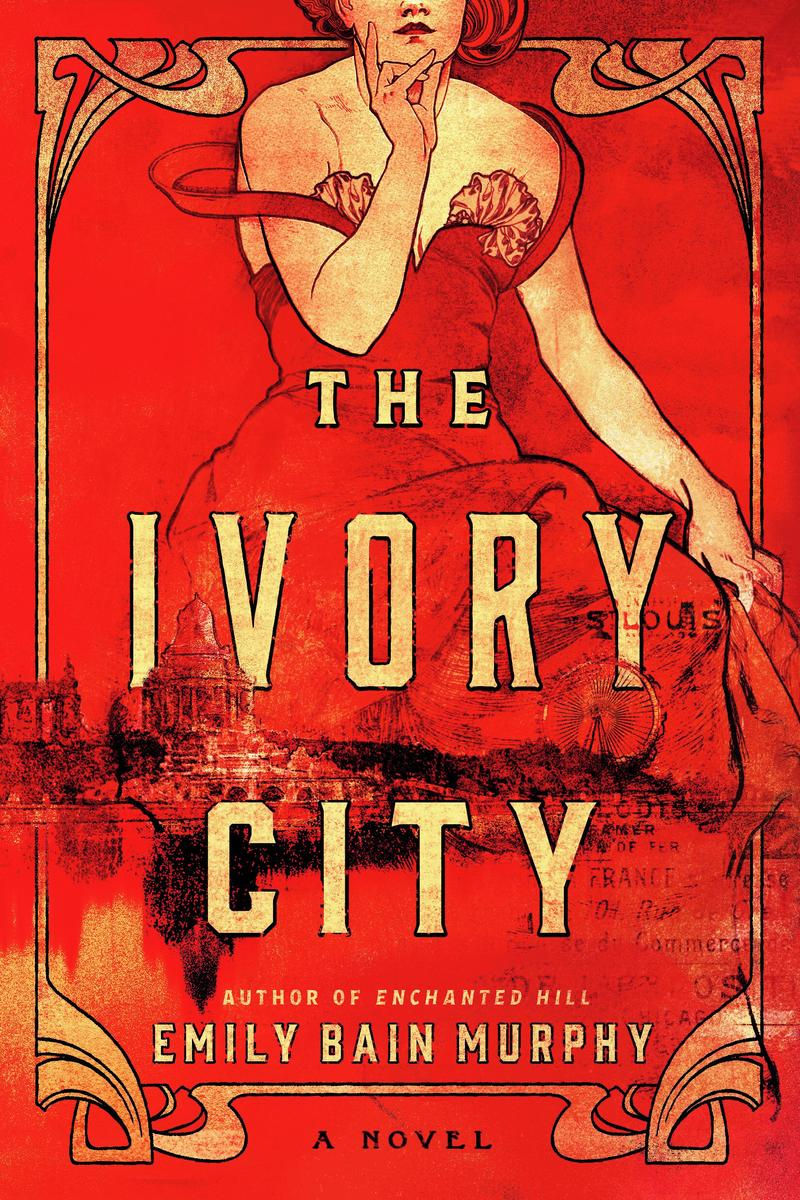"Elizabeth Taylor: The Grit and Glamour of an Icon,” | Reviewed by Pat Sainz
- cstucky2

- Dec 14, 2022
- 3 min read
If I weren’t fortunate enough to have read this book by Kate Anderson Brower, I would be asking for it as a Christmas present. This newest biography of the late film star Elizabeth Taylor chronicles with humor, respect, and honesty the life of Taylor whose mantra seemed to be more of everything: attention, love, jewelry, painkillers, charity to others, and sometimes, more food.
Those familiar with Taylor know of her many films and humanitarian awards (57 films and 12 national and international awards) and of her marriages (eight). They know of the fame she achieved at age 12 in the movie “National Velvet” in 1942. This movie made her a star and signaled the end of her childhood. After that, she never returned to regular school. Taylor became part of the MGM workforce where she, like Judy Garland, worked all day and was tutored in 5-minute intervals between movie takes. She had no friends her age.
The work was grueling. Taylor was subject to MGM’s owner Louis B. Mayer’s practice of giving his child stars pills to wake them up and keep them up. Taylor was given shots of novocaine so she wouldn’t squint when particles of fake snow made with cornflakes were blown into her eyes. Taylor’s mother allowed this because by age 13 Elizabeth had become the breadwinner for the family. Taylor’s father was weak and abusive.
Taylor’s background provided the basis for behavior that stayed with her all her life. She was used to adulation. She was called the most beautiful person in the world by the time she was 13. She was an addict. She worked year round. She was used to being told what to do. Her first marriage at age 18, to hotelier Nicky Hilton, was arranged by the movie studio for publicity purposes. He beat her so much that she lost her first child to a miscarriage. By the time Taylor married a man she truly loved (the producer Mike Todd, 20 years her senior), she was only 24, had been married twice, and had two children.
Taylor’s subsequent marriages are much documented, but the author interviewed many people who had permission from the family to speak about Taylor for the first time (including seventh husband Senator John Warner). This book provides fresh, unique, and revelatory (not gossipy) information about Taylor.
Taylor’s last film appearance was in 1994. She then earnestly continued what would be her life’s work as a humanitarian supporting AIDS research. She was only one of a handful of celebrities in the early 1980s to acknowledge the decimation of a population of people when there was no cure for HIV or AIDS.
By the time her best friend Rock Hudson died of AIDS, she had raised millions. She was friends with Dr. Anthony Fauci in the mid-1980s because he led the government research on the AIDS virus. He still praises the importance of her work which brought so much attention to the crises.
Taylor was famous for her jewelry collection. The famous Krupp diamond ring given to her by Richard Burton (husband number five and six) cost him $307,000. It sold after Taylor’s death in 2011 for 9-million dollars. Taylor’s jewelry, art, and clothes sold for over $300-million dollars posthumously. Much of its value was because Taylor had once owned it.
“Elizabeth Taylor” is a biography of an extraordinary woman whose loves, losses (there were many), secrets, and joys are transfixing. Taylor’s energy and indefatigable spirit are on100% inspirational.

.png)





Comments